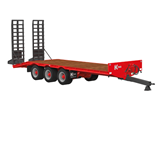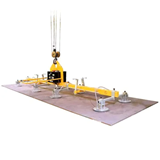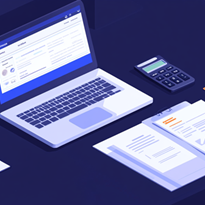Need to fund second-hand equipment? This expert guide covers how to finance used machinery in Australia, including key checks, valuation tips, and loan types that suit your business.
Key takeaways
- Used machinery financing demand is rising – Over 60% of small to mid-sized Australian industrial businesses prefer financing used machinery over new to conserve capital.
- Loan terms differ significantly – Expect shorter loan terms of 2–5 years and higher interest rates than new equipment loans, with used machinery loan rates ranging from 8.5% to 14.5% p.a. depending on asset age and condition.
- Asset condition directly impacts approval – Equipment older than 10 years may require independent valuation and maintenance history proof.
- Valuation is crucial – Lenders will finance up to 70%–90% of the current market value, not purchase price—get a certified valuation.
- Popular finance types – Chattel mortgages remain dominant, but rent-to-own and low-doc leases are emerging for used assets under $100,000.
- Commonly financed industries – Construction, agriculture, and manufacturing dominate used equipment finance in Australia, driven by reduced upfront costs and depreciation advantages.
- Watch for hidden costs – Older equipment often needs repairs, insurance may be costlier, and some lenders may require mandatory inspections.
Introduction
Financing used industrial equipment can be a savvy strategy for Australian businesses aiming to preserve cash flow, boost operational capacity, or enter new markets without the hefty upfront costs of new machinery. But not all used equipment finance is created equal. From hidden risks in asset condition to nuanced lender preferences in valuation methods, buyers must weigh several key factors before signing on the dotted line.
This guide breaks down the essential elements every Australian business should evaluate when financing second-hand machinery—especially condition, valuation, and the structure of the finance product. Whether you're in agriculture, manufacturing, logistics or construction, understanding these components is critical to securing a deal that works long-term.
Why finance used machinery?
Purchasing used equipment can significantly reduce capital outlay, but financing it offers added flexibility and cash flow management. Key reasons why Australian businesses finance used machinery include:
- Preserve working capital – No large upfront payments.
- Faster ROI – Lower acquisition costs reduce break-even timelines.
- Tax deductions – Interest and depreciation may be tax-deductible.
- Upgrade flexibility – Financing shortens machinery upgrade cycles.
However, lenders assess used machinery differently than new assets—meaning more scrutiny and stricter conditions.
Condition: what lenders want to see
Lenders view used machinery as higher risk, so they look closely at:
Age and hours of use
- Machinery over 10–15 years old may be deemed too risky.
- High-use equipment like excavators or forklifts with over 10,000 hours may struggle to qualify.
Maintenance history
- Well-documented service logs significantly improve approval odds.
- Missing maintenance records can lead to higher rates or lower loan amounts.
Brand and resale value
- Recognised, reputable brands retain better residual value.
- Lesser-known models may require independent assessment.
Physical condition
Lenders may request:
- Photos or videos of the equipment.
- Third-party mechanical inspections or valuation reports (especially for loans over $100K).
- Safety compliance checks to ensure workplace standards are met.
Valuation: market value matters more than the price tag
Unlike new machinery, where RRP or dealer pricing guides finance values, used machinery finance is based on:
Current fair market value
- Most lenders will finance 70–90% of the asset's market value.
- If you're paying above valuation, the difference must be covered upfront.
Independent equipment valuation
- Consider hiring a certified valuer (e.g., Australian Valuers Institute or API members).
- Essential for used machinery over $50,000 or if the asset is 7+ years old.
Factors that influence valuation
- Make, model, age and hours.
- Market demand for the asset.
- Overall condition and repair history.
- Previous ownership and warranty transferability.
Tip: Always compare the purchase price vs. lender’s valuation early on. Mismatches could derail approvals or require a larger deposit.
Loan structures: what works best for used equipment?
Choosing the right loan type depends on your business goals, cash flow, and asset lifespan.
Chattel mortgage
Most common for used machinery.
- Ownership transfers immediately.
- Interest and depreciation may be tax-deductible.
- Balloon/residual options available.
- Fixed or variable interest rates.
Best for: Buyers who want asset control and accounting benefits.
Equipment lease
- Lender owns the asset; you lease it over a set term.
- Option to buy at end of term.
- Lease payments are typically fully deductible.
Best for: Businesses wanting off-balance-sheet finance or newer used machinery with residual value.
Rent-to-own
- Common for assets under $100K.
- Lower approval barriers but higher interest.
- Payments contribute to ownership.
Best for: SMEs with limited credit history or wanting short-term flexibility.
Low-doc and no-doc finance
- Offered by alternative lenders.
- May not require full financials—bank statements or ABN history may suffice.
- Higher rates (often 12%–16%) and shorter terms.
Best for: Newer businesses, or asset purchases under $50K.
Industry-specific insights
Construction
- Popular used machinery: Excavators, skid steers, compactors.
- Key concern: Safety compliance and up-to-date load certifications.
Agriculture
- Common items: Tractors, harvesters, balers.
- Many lenders offer seasonal repayments to match crop cycles.
Manufacturing
- Financed assets: CNC machines, packaging lines, conveyors.
- Precision condition assessments are often required due to complexity.
What to do before applying
- Check your credit – Most lenders require at least 12–24 months of business history and fair credit.
- Gather documentation – Include service logs, proof of purchase, and asset photos.
- Get a valuation – This strengthens your application and aligns expectations.
- Shop lenders – Compare at least three offers (banks, brokers, and fintechs).
- Negotiate terms – Especially balloon payments, interest rate and early exit clauses.
Common traps and hidden costs
- Underinsuring older machinery – Premiums can be higher or coverage denied.
- Balloon payments – Unsustainable balloon amounts at loan end can hurt cash flow.
- Pre-approval traps – Some pre-approvals are not credit assessed—confirm funding certainty before committing to a purchase.
- GST confusion – Ensure you understand whether financing covers GST or if you need to pay it upfront.
Frequently asked questions
What is the maximum age of machinery lenders will finance in Australia?
Most mainstream lenders cap machinery age at 10–15 years, but some alternative lenders or brokers will finance older assets with solid service records and valuation.
How much deposit is required when financing used equipment?
Deposits range from 10–30% depending on risk, asset age, and business credit profile. Some low-doc lenders may offer 0–10% deposit options but with higher interest.
Can I get finance if I’m buying from a private seller?
Yes, but you’ll need to provide more documentation such as:
- Proof of ownership
- Serial number checks (to avoid encumbered goods)
- Independent valuation and condition report
Do banks finance used machinery?
Yes, but major banks may have tighter criteria, especially for assets older than 5–7 years. Many SMEs choose brokers or non-bank lenders for faster approvals and more flexible terms.
What is the interest rate for used equipment loans?
Rates generally fall between 8.5% and 14.5% p.a., with factors including asset age, business credit score, and loan term influencing the rate.
Can I finance used machinery that’s being imported?
Possibly, but it’s more complex. Some lenders will require:
- Valid import documentation
- Independent valuation
- Confirmation of Australian compliance standards (e.g., for safety or emissions)
Conclusion
Financing used machinery in Australia can unlock growth without tying up valuable capital—but it demands careful due diligence. The condition of the asset, an accurate valuation, and a finance structure that aligns with your goals are all vital components of a successful outcome.
Before you proceed, arm yourself with expert advice, compare multiple lenders, and take the time to understand the total cost of ownership—because in the used equipment market, what you don’t know really can cost you.
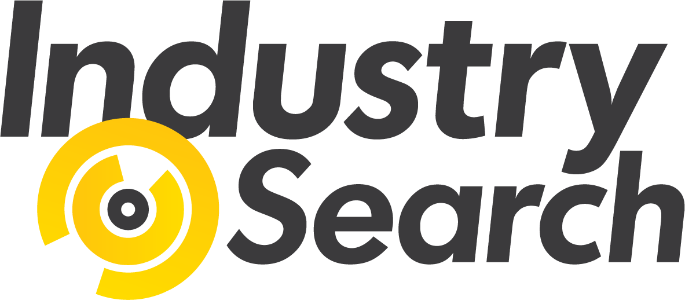

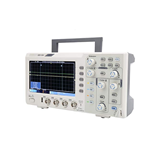
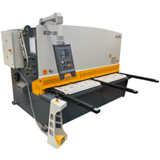


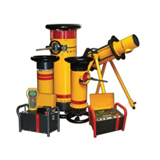
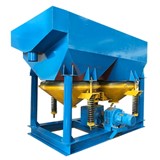
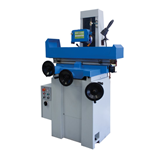
-160x160-state_article-rel-cat.png)




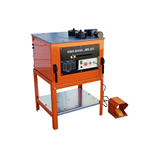

-160x160-state_article-rel-cat.png)







